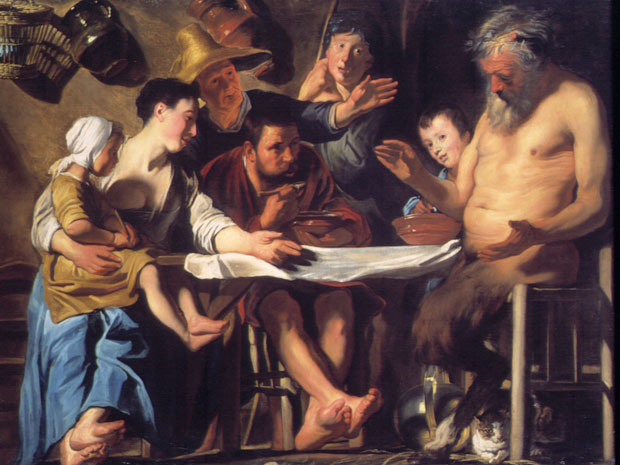
A group of researchers based out of Canada’s University of Windsor are using cutting edge technologies and applying them to classical painting to discover new insights. Roman Maev is a professor of Physics at the university and along with his team he is using modern imaging methods on pieces available at art galleries. The technology that Maev uses is currently found in bio-medical settings and the professor has successfully migrated the diagnostic techniques to the art world to find alterations and changes to art pieces.
Professor Maev explains that, “If you study materials, like composite materials or metals, of [the] human body and afterwards you move to art, from a physics point of view, there’s not a big difference. It’s just different materials.”
The research team’s methods were put to the test this past summer when they were called in to investigate a church located in Norfolk, England. Ten years ago a number of painting were found in the church’s wooden paneling and furniture. The origin of the paintings was unknown and the Canadian team used their equipment to look through the wood to see if the painting were actually behind the wood paneling. They solved the mystery when they did see the paintings hidden behind the paneling and proved that 16th century Catholics used the Church to hide the painting from King Henry VIII after he separated from the church and started his own sect.
Another member of the professor’s team, Dmitry Gavrilov, uses thermographic analysis and infrared photos to see alterations and defects in paintings. The PhD student warms the painting and then takes a burst of pictures with an infrared camera. The images show how the heat is being transferred and by using mathematical equations the Gavrilov can pin point abnormalities.
Some interesting work is also being under taken by Mouhanned El-Youssef who is a “craquelure”. The electrical and computer engineering master’s student utilizes complex algorithms to decode the cracks in paintings. The crack formations are almost like a unique signature of the location and time the painting was made because the materials being used for painting can be identified by their similar crack patterns. This can help art dealers correctly identify paintings and in turn reduce the billions of dollars worth of fraud and forgery in the art world.
Source: Financial Post
Photo: Financial Post